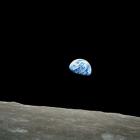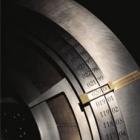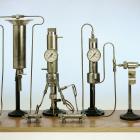"A Critical Assessment of Public Consultations on GMOs in the European Union"
The paper highlights shortcomings in GMO public consultation practices in the European Union and in one of its member countries, Finland. Specifically, they do not serve democracy, increase consensus, enable better decisions to be made, or establish trust.













